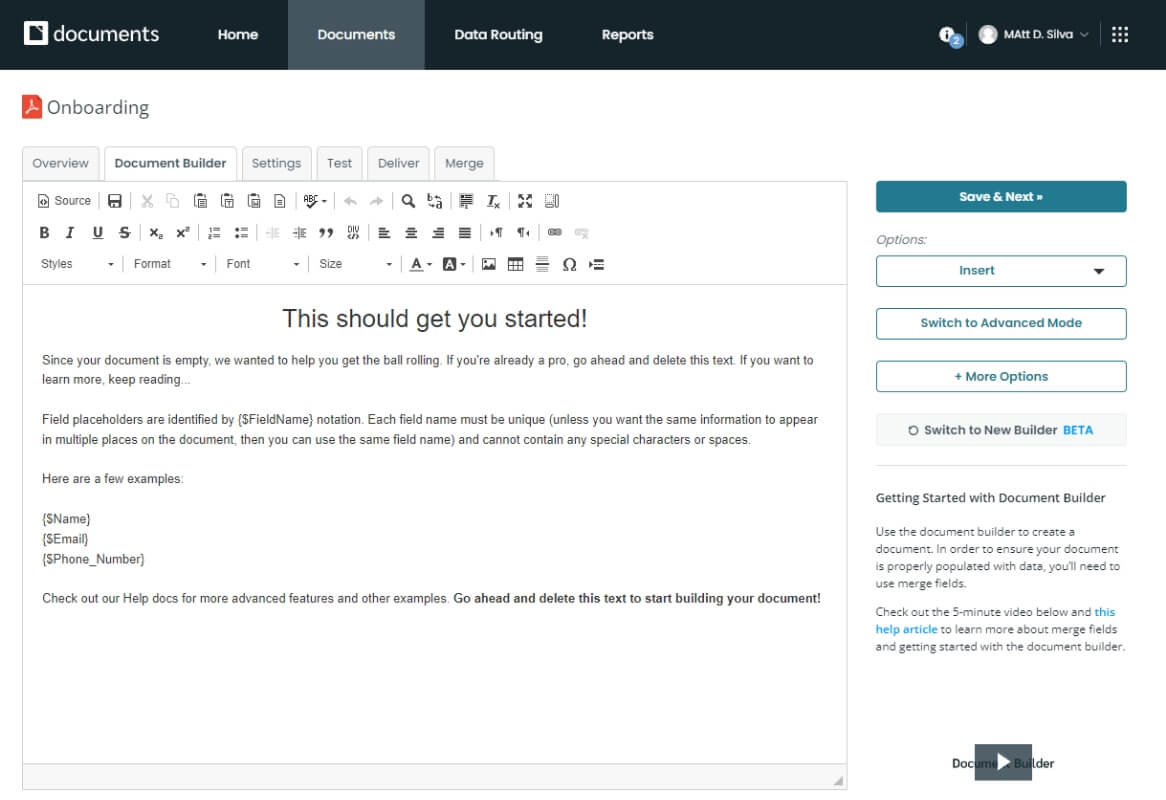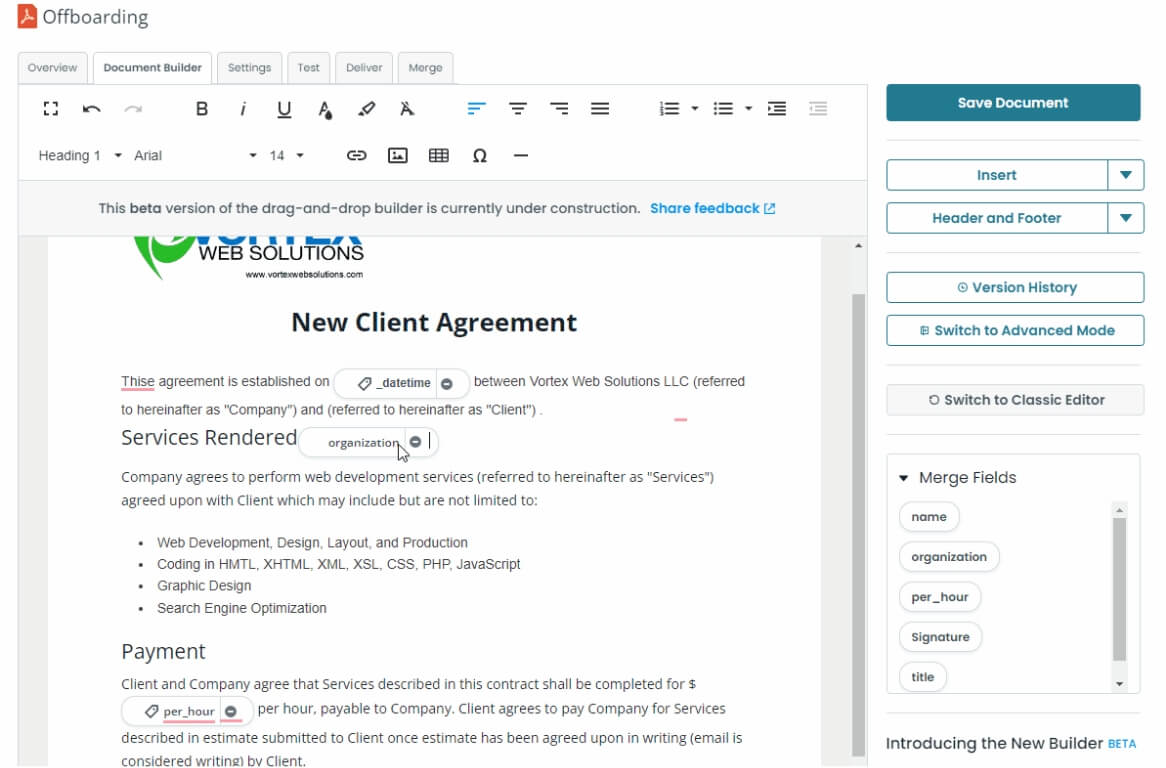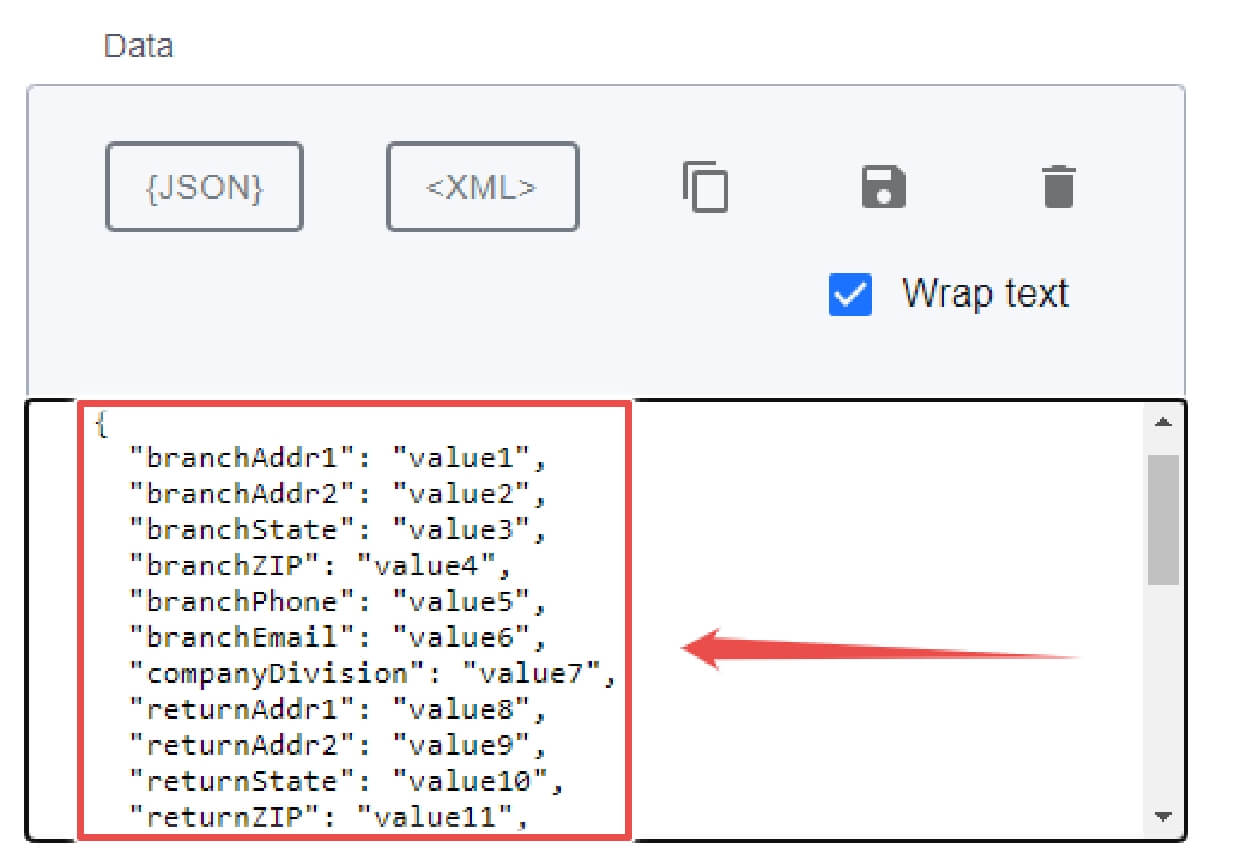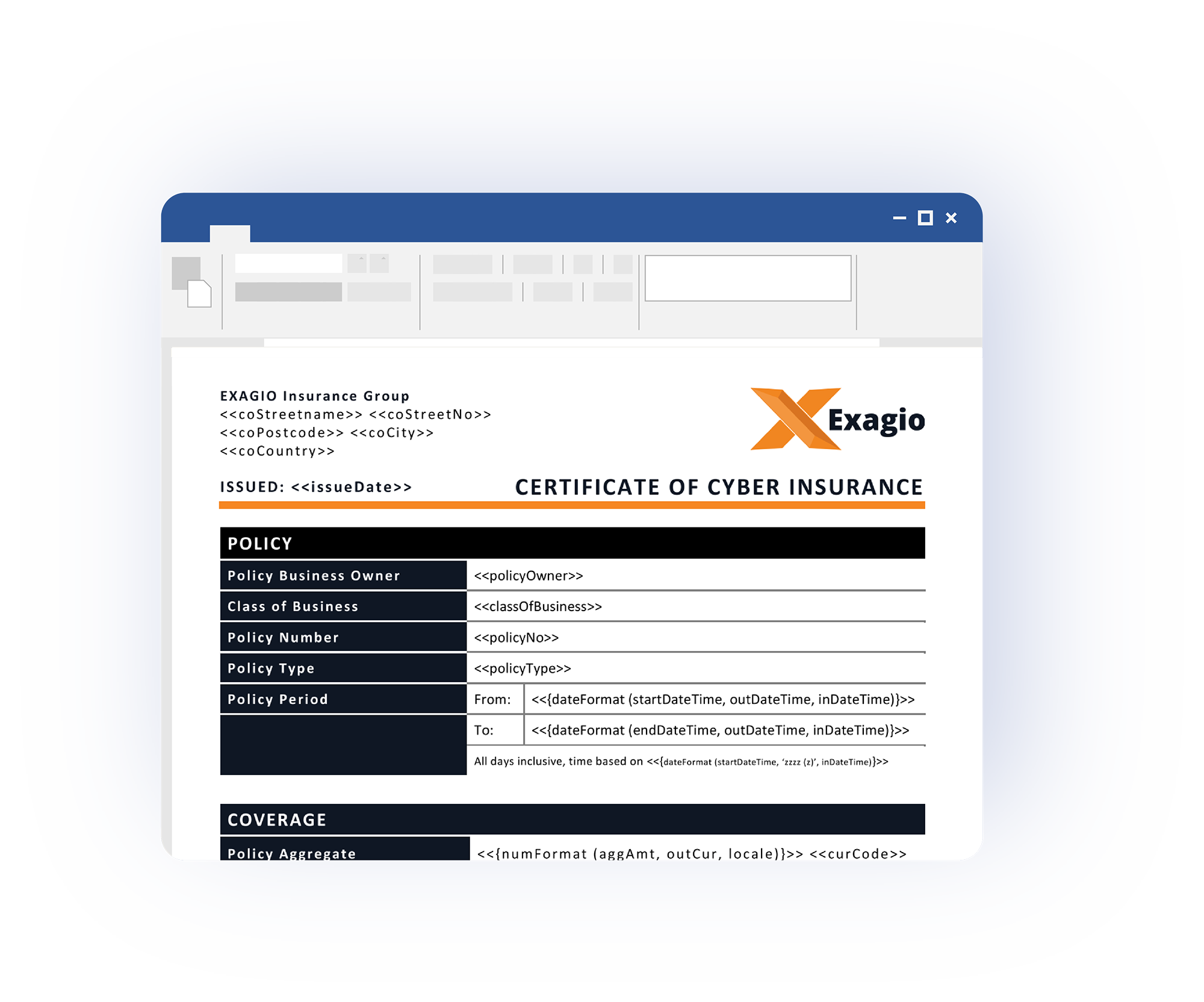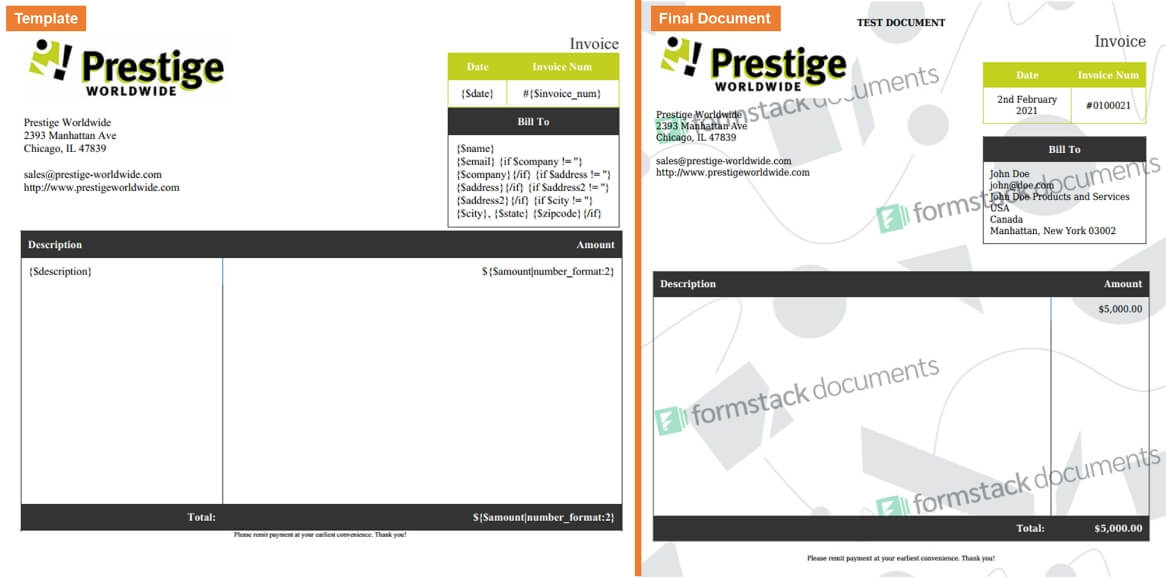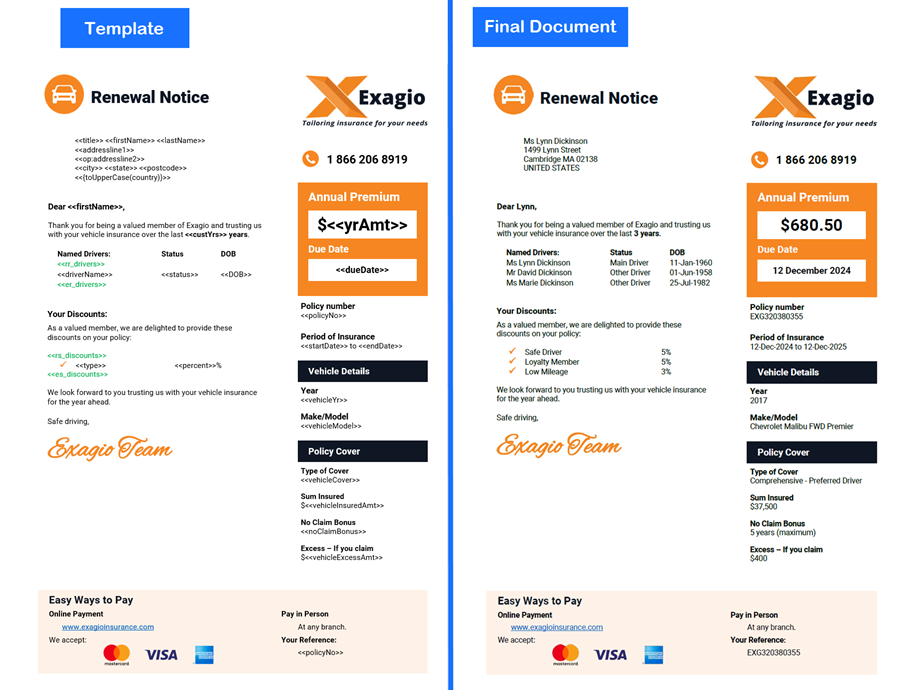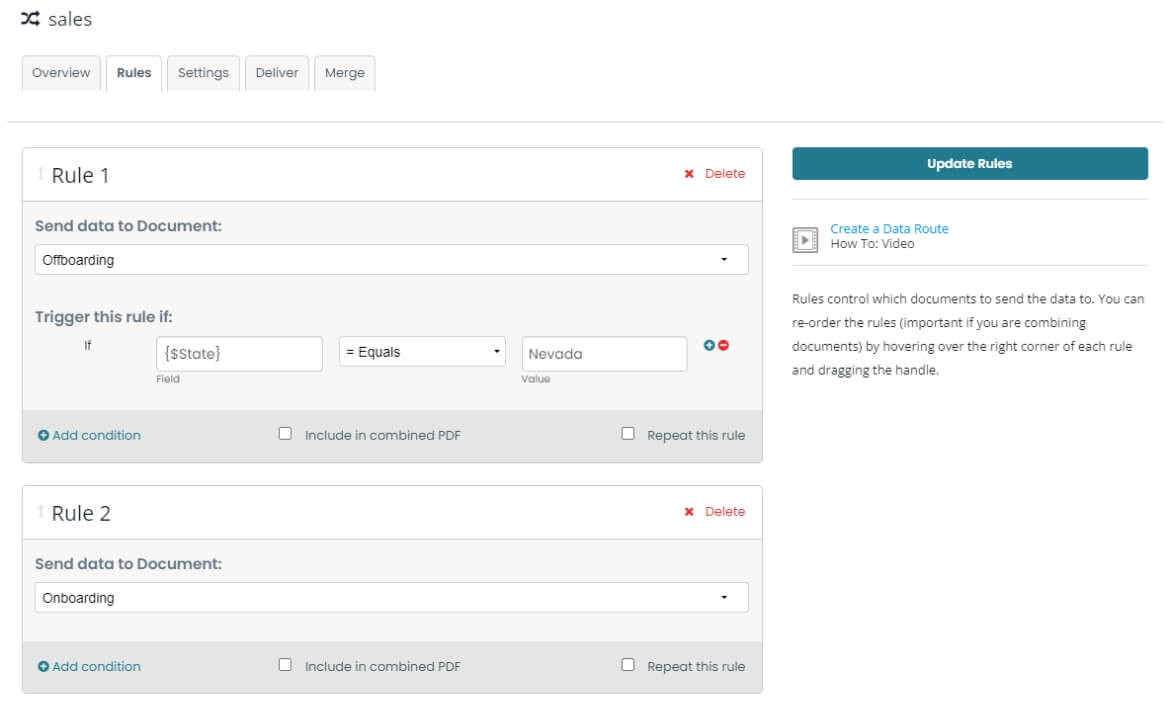Formstack Documents vs Docmosis
A Definitive Comparison in 2025
While it might seem they serve the same purpose, their subtle differences make them more appropriate for different uses.

While template-to-document conversion isn’t Formstack Documents’ strongest suit, this is where Docmosis shines. It’s a fast, reliable, and scalable solution, designed to integrate with custom-built business software applications or third-party platforms to automate the document generation process.
This article discusses the differences between Formstack Documents vs Docmosis in their:
Price
Ease
of Setup
Creating
Templates
Data
Sources
Quality
of Output
Resources
& Support
If you prefer hands-on learning, sign up for a 30-day free trial of Docmosis.
| Formstack Documents (formerly WebMerge) |
Docmosis |
|---|---|
 |
|
| Price | |
14-day free trial Starts at $99/month for 50 monthly merges. Additional users and usage are paid separately. |
30-day free trial Cloud starts from $49/mo for 4K pages. No overage charges. Self-hosted prices start at $3,695 for a perpetual license. |
| Ease of Setup | |
Cloud service (web app) that requires no installation and has an easy account creation process. |
Offers both SaaS and self-hosted solutions. Both are easy to set up, enabling users to begin generating documents with minimal effort. |
| Creating Templates | |
The template creation process can get confusing with three different competing ways of creating templates. |
Templates can be designed in MS Word, without plug-ins, using simple plain-text fields. |
| Data Sources | |
Connects with Formstack forms. Can be connected to other third-party platforms using Zapier and the Salesforce CRM. |
Accepts JSON and XML data inputs via the API, ideal for integrating with custom software. Can be connected to third-party platforms using Zapier. |
| Quality of Output | |
Various export options: DOCX, XLSX, PDF, HTML, JPG, PPTX, and email. However, the DOCX and PDF documents can differ significantly from the original template. |
Specializes in text-based paginated documents like DOCX, ODT, TXT, and PDF. Achieves the best transformation between template and generated document. |
| Resources & Support | |
Resources are not centered for easy navigation and searchability. Some users report that customer support quality dropped since the Formstack acquisition. |
Resources are thorough, neatly organized, and regularly updated. Customer support is prompt and helpful. |
| Best for | |
|
Creating simple documents from forms and CRMs, with e-signature support.
|
Generating business documents with advanced formatting and logic.
|

What is Formstack Documents?
Change user inputs into simple documents
In 2011, Jeremy Clarke founded WebMerge to automate repetitive document creation for businesses. In 2019, WebMerge was acquired by Formstack and was renamed to Formstack Documents. Besides the name change, the core functionality stayed the same.
Formstack Documents’ cloud platform is straightforward to use. Users can create new document templates from scratch, select pre-existing ones from the template library, or upload a custom Microsoft Office or PDF design. For data input, Formstack Documents integrates with various form creation tools, CRMs, and e-signature apps, and enables export of created documents in DOCX, PDF, JPG, and other formats.
Formstack Documents is ideal for businesses that need to generate simple documents like these, with form responses, CRM data, and e-signatures. But it can struggle with accurate template-to-document conversions.
What is Docmosis?
Generate professional documents with high precision
Docmosis offers three document generation software options:
- Docmosis Cloud: an online SaaS solution that provides access to the Docmosis engine via a REST API.
- Docmosis Tornado: a self-hosted, stand-alone solution that makes the Docmosis engine connectable with custom software applications via a REST API.
- Docmosis Java: a Java library, optimized for high performance, specifically for embedding in Java applications.
Regardless of the product, you can create templates with two of the most popular word processing software: Microsoft Word and LibreOffice, without installing any third-party plugins. To populate documents, Docmosis supports JSON and XML data sources sent to the REST API.
Docmosis is best for businesses that want to connect with external apps to generate important documents like these (reports, proposals, contracts, certificates, invoices, and more) with advanced formatting and automation logic.
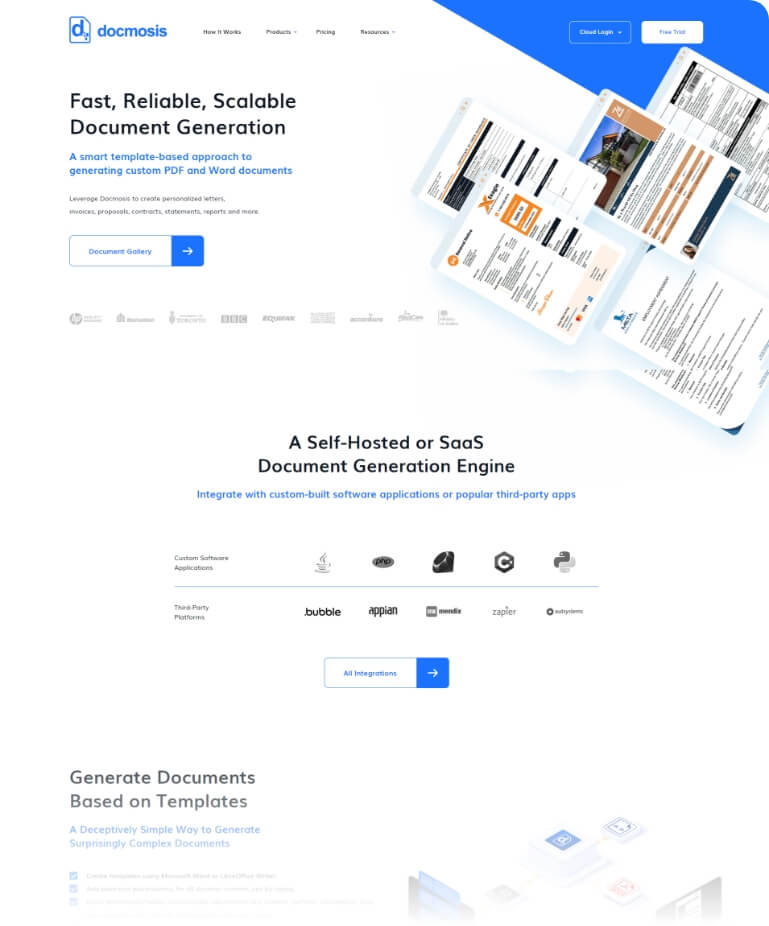
Formstack Documents vs Docmosis
Pros & Cons
| Formstack Documents (formerly WebMerge) |
Docmosis |
|---|---|
 |
|
| Pros | |
|
|
| Cons | |
|
|
Final Verdict: Formstack Documents vs Docmosis
| Formstack Documents (formerly WebMerge) |
Docmosis |
|---|---|
 |
|
| Best for | |
|
Businesses that want to generate simple documents from Formstack web forms or Salesforce, and send them to be signed electronically.
|
Businesses that want to generate documents from custom software or third-party apps, and want the output documents to look exactly like their template.
|

